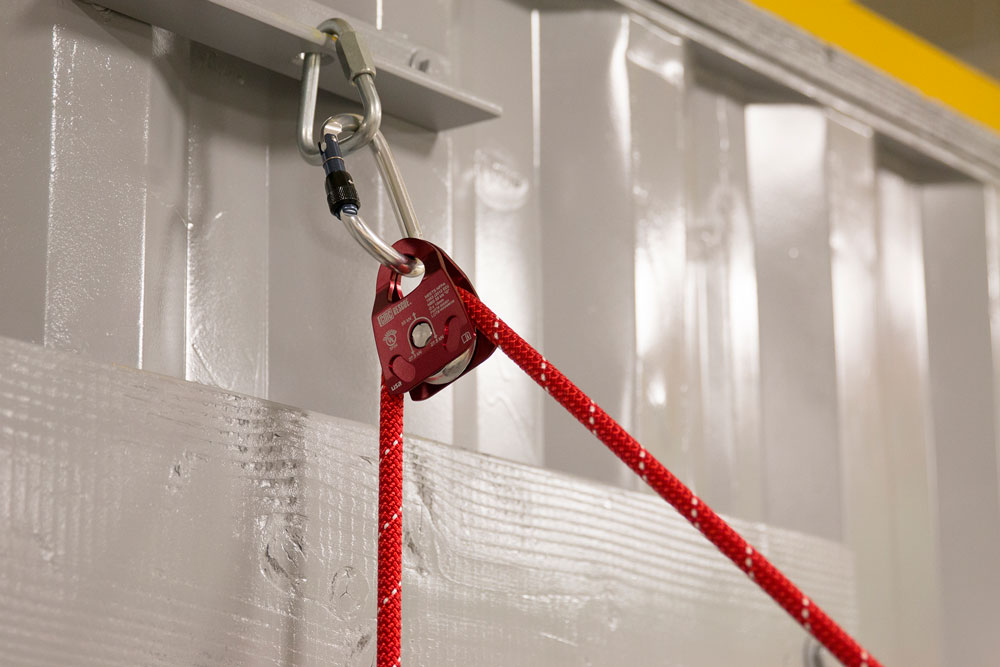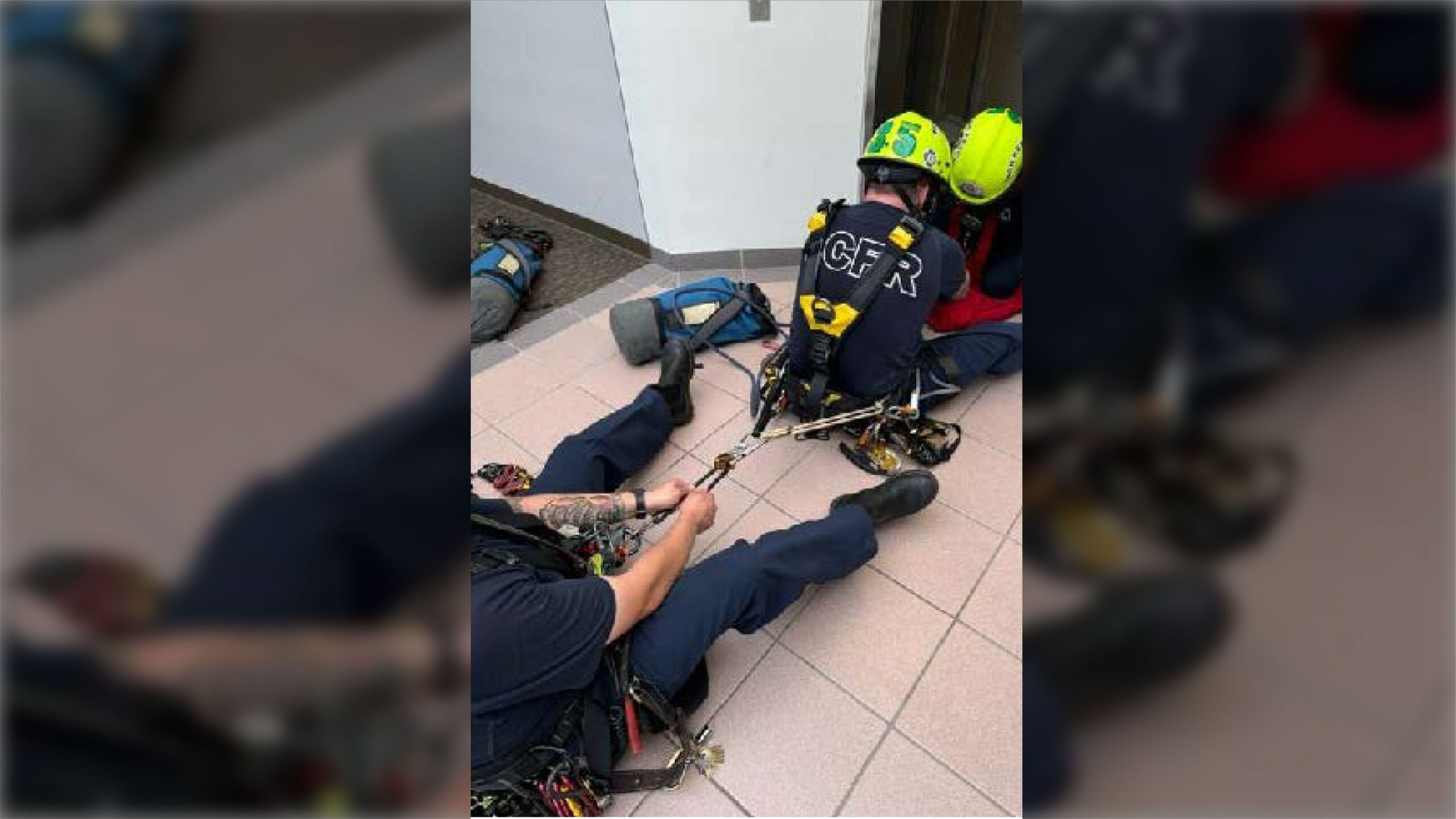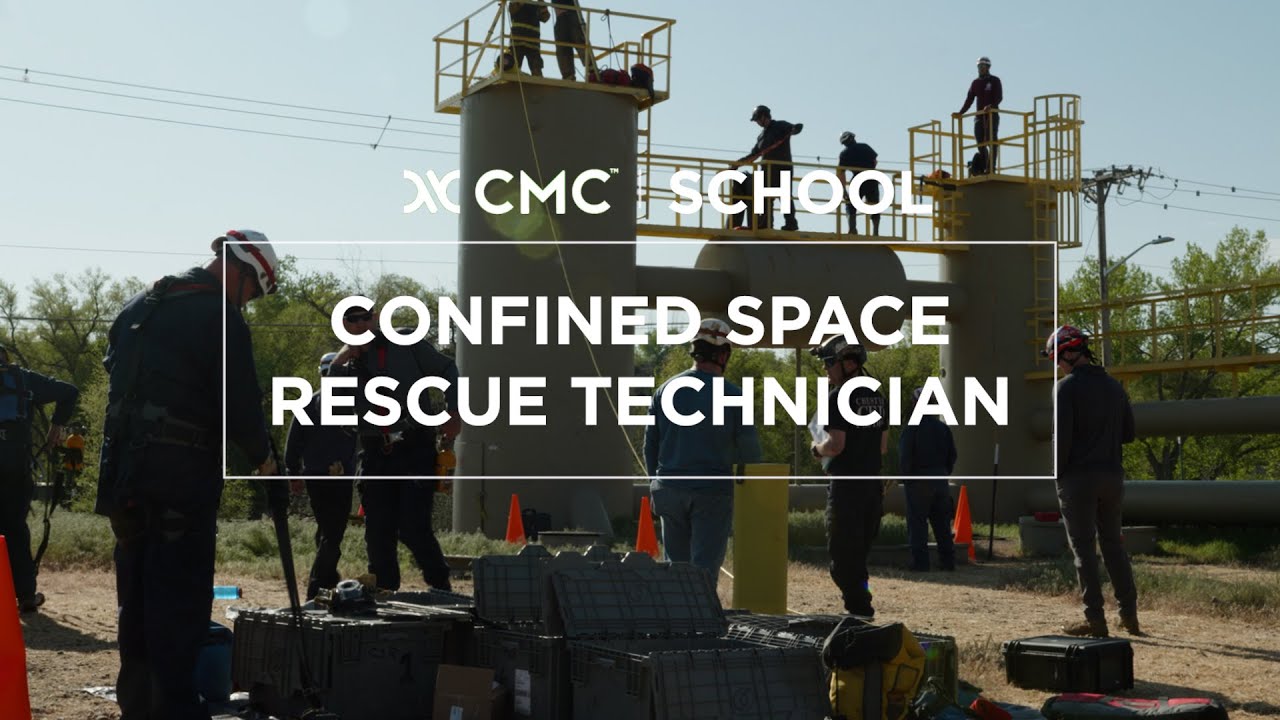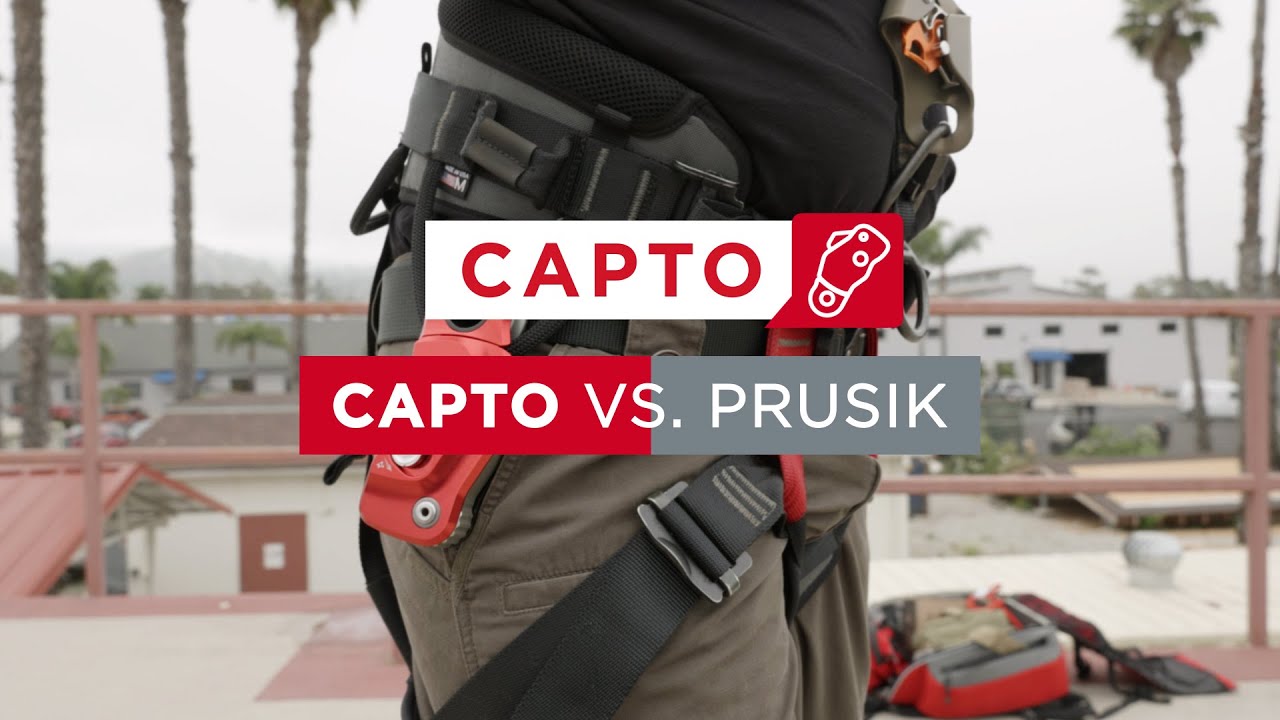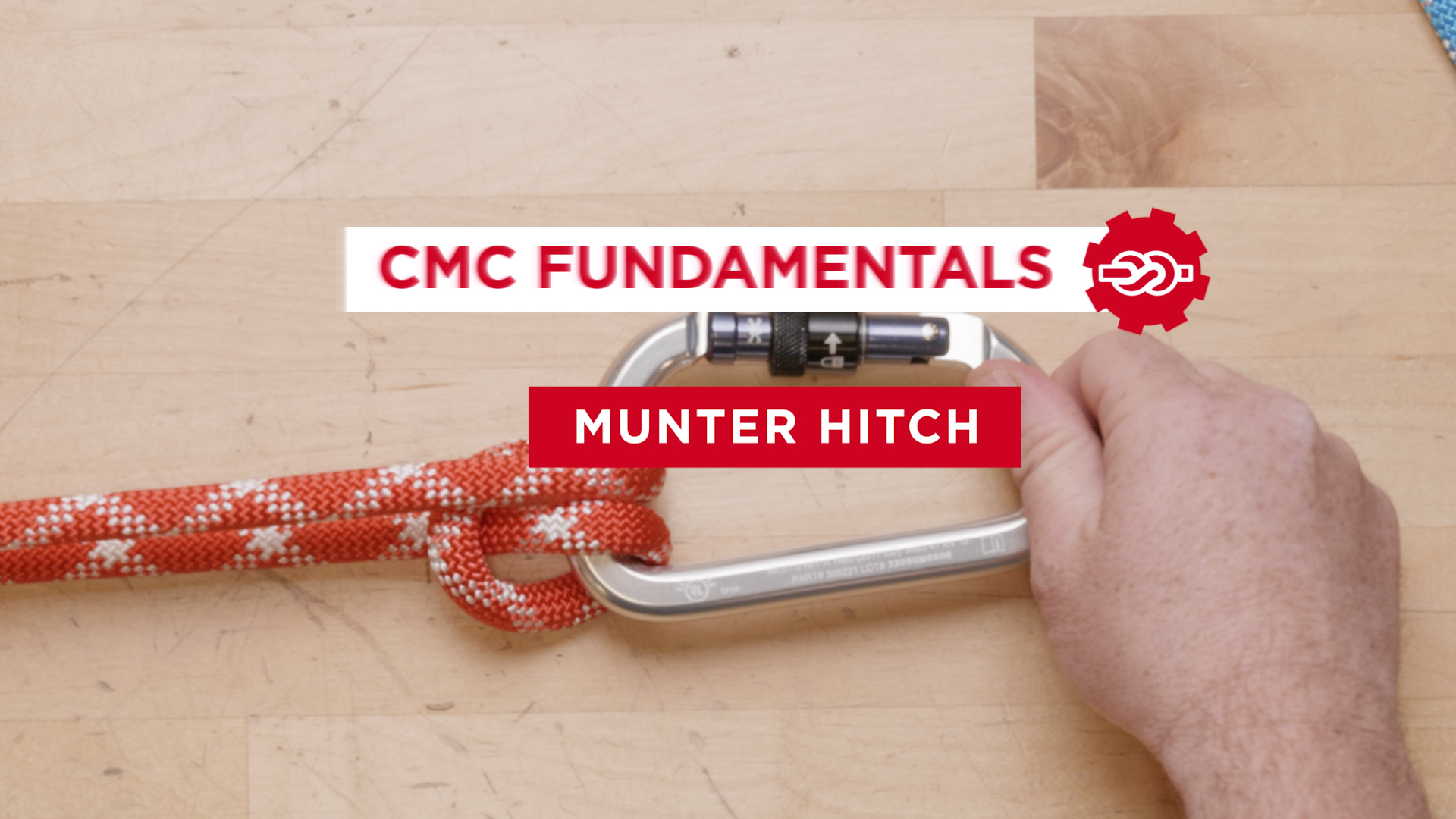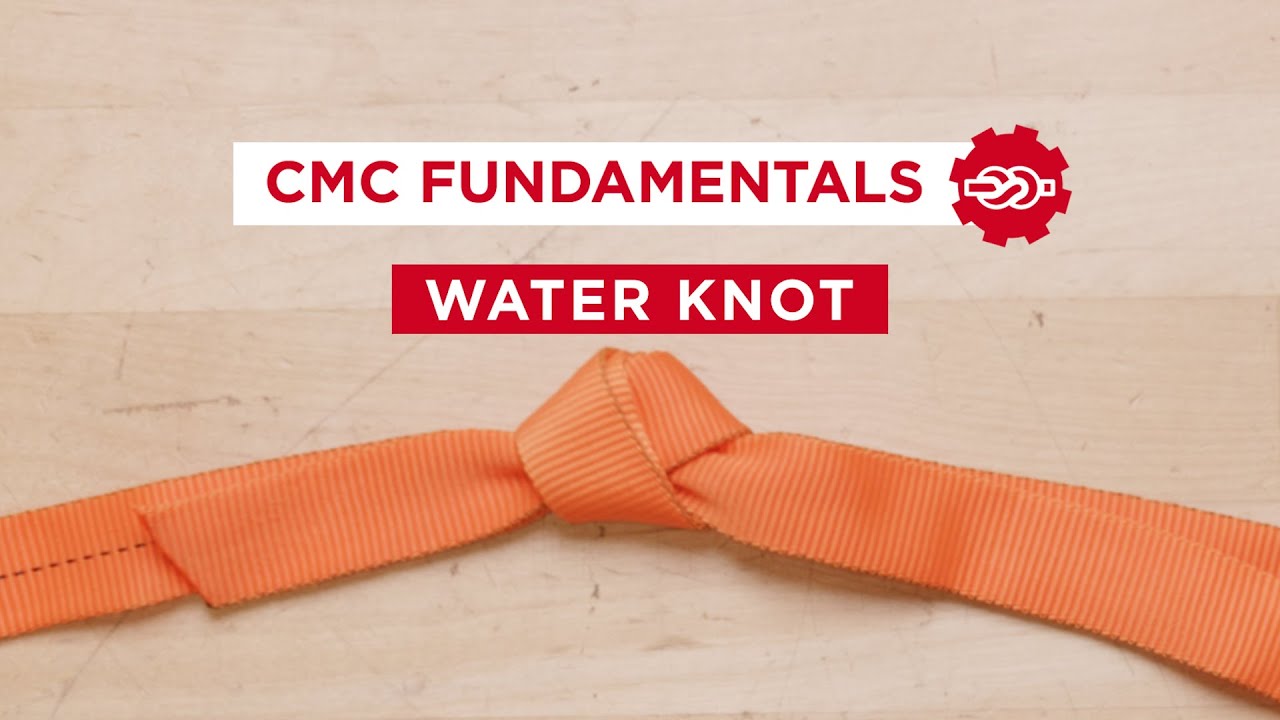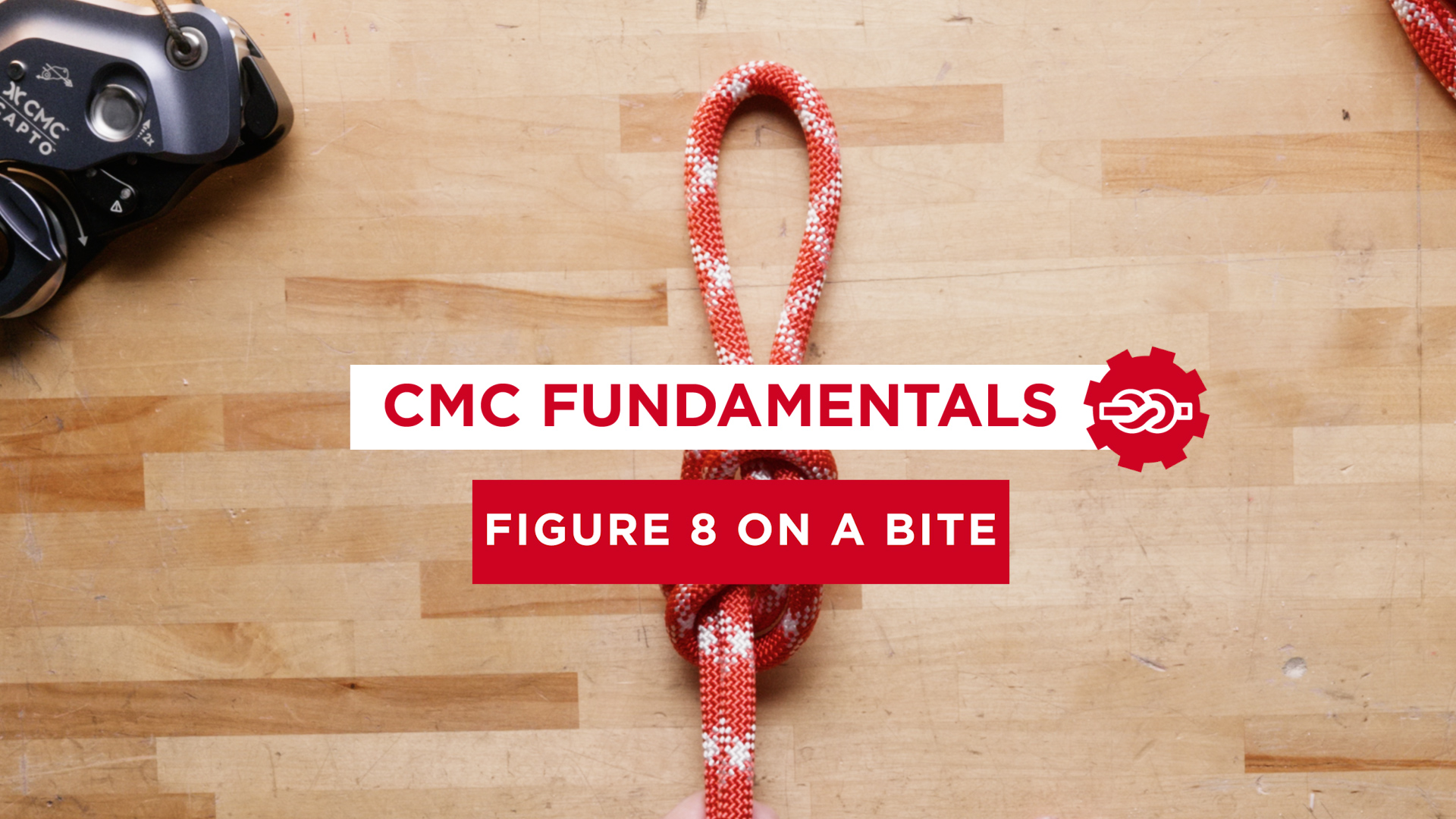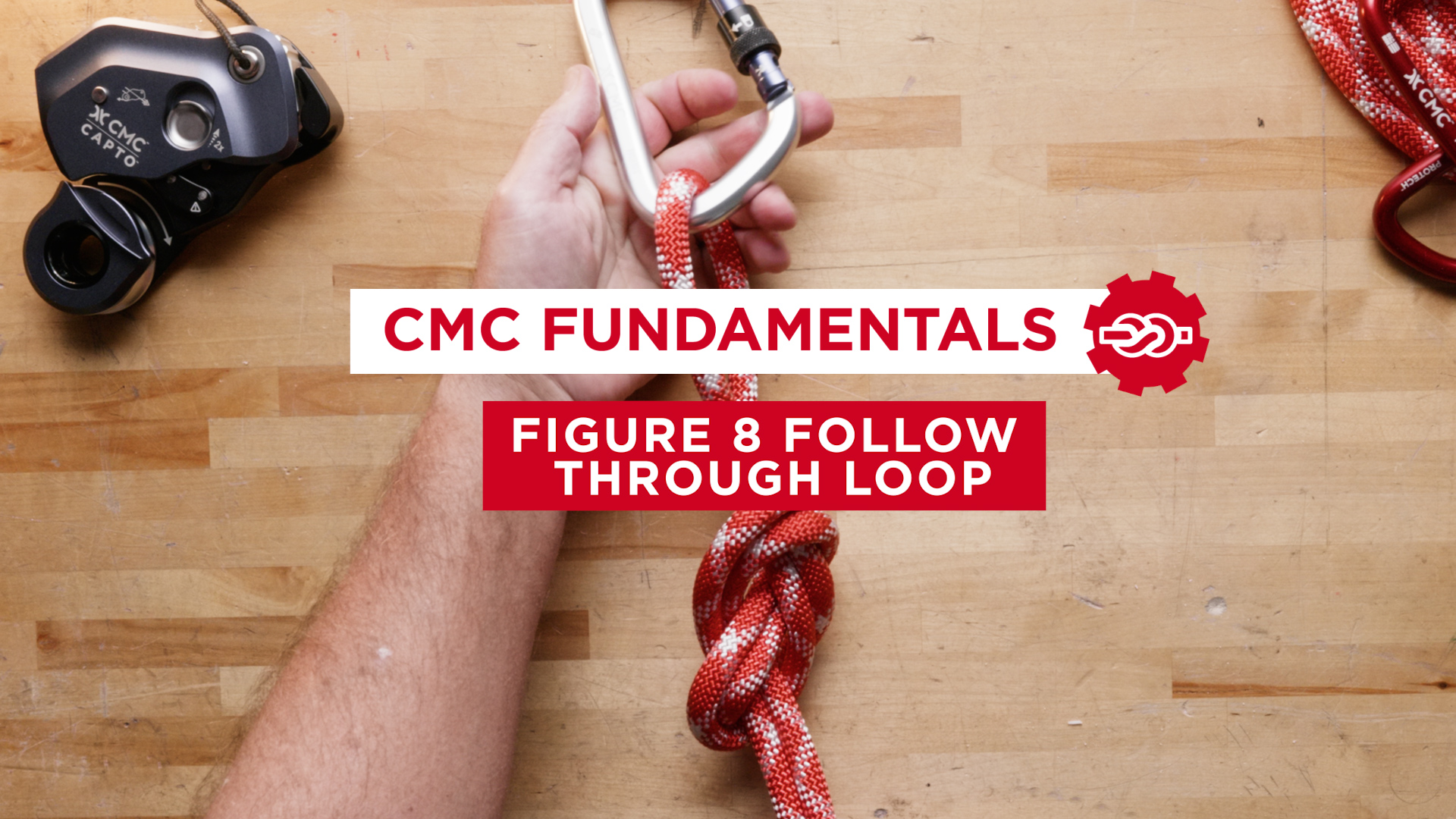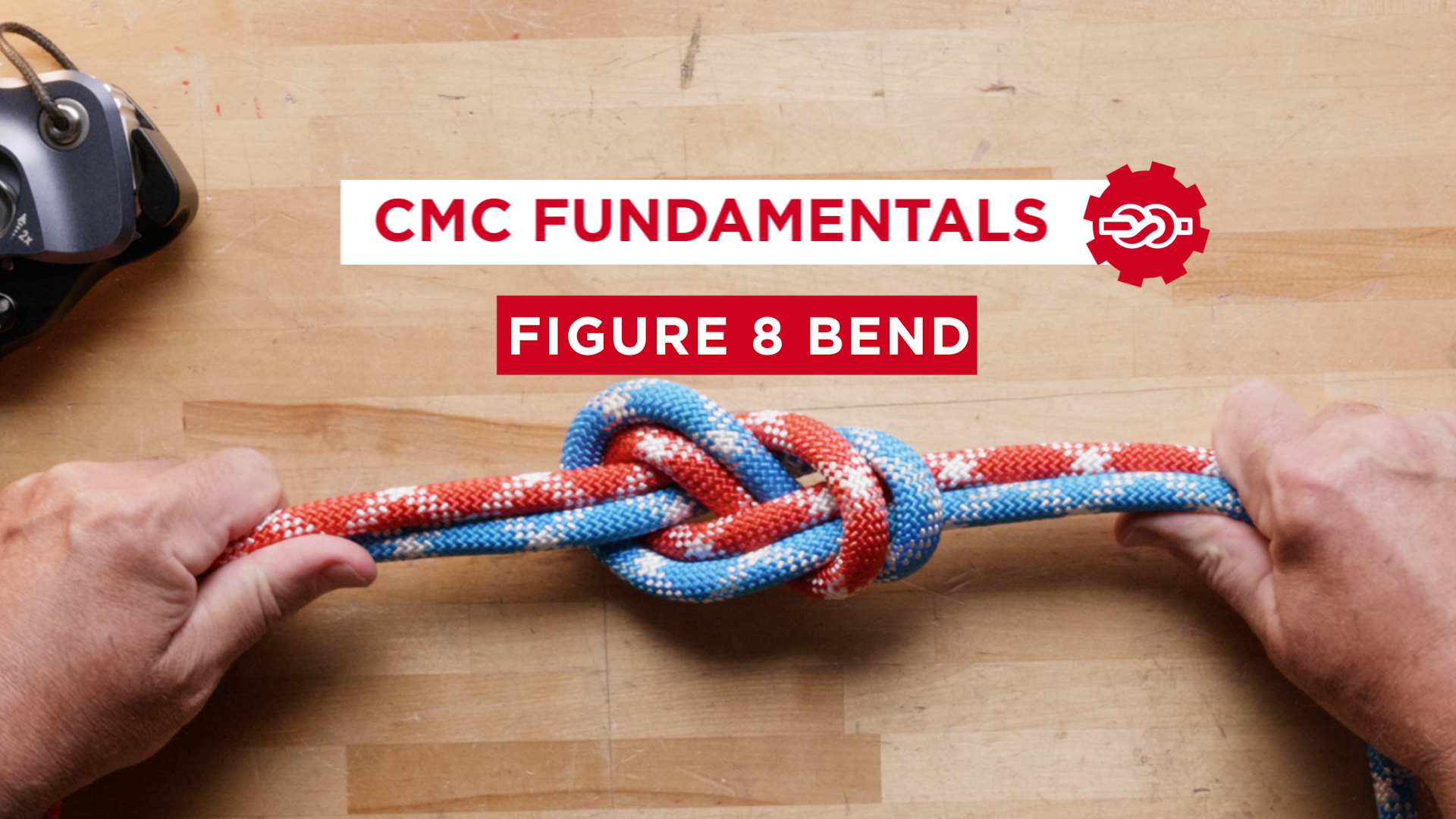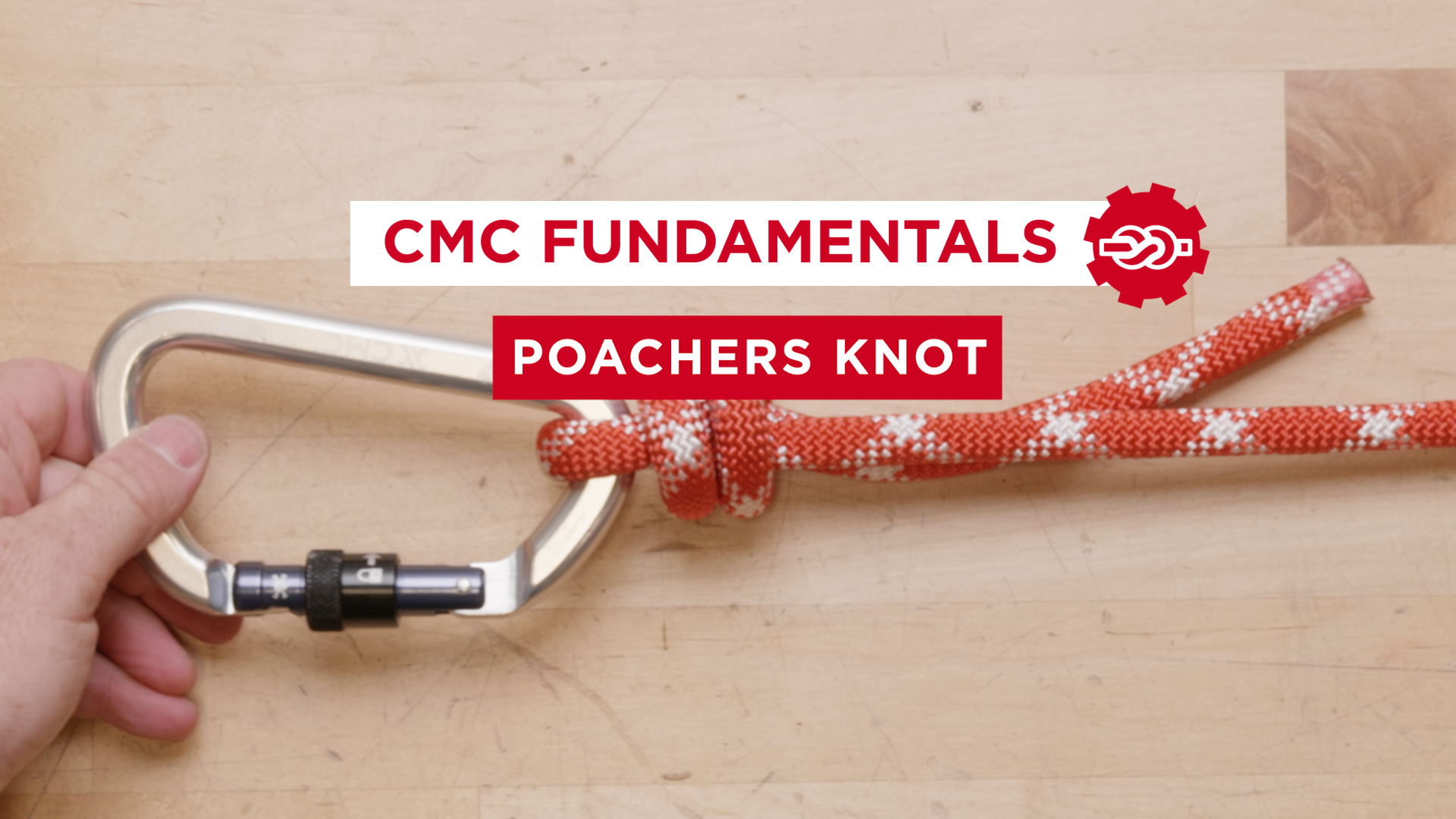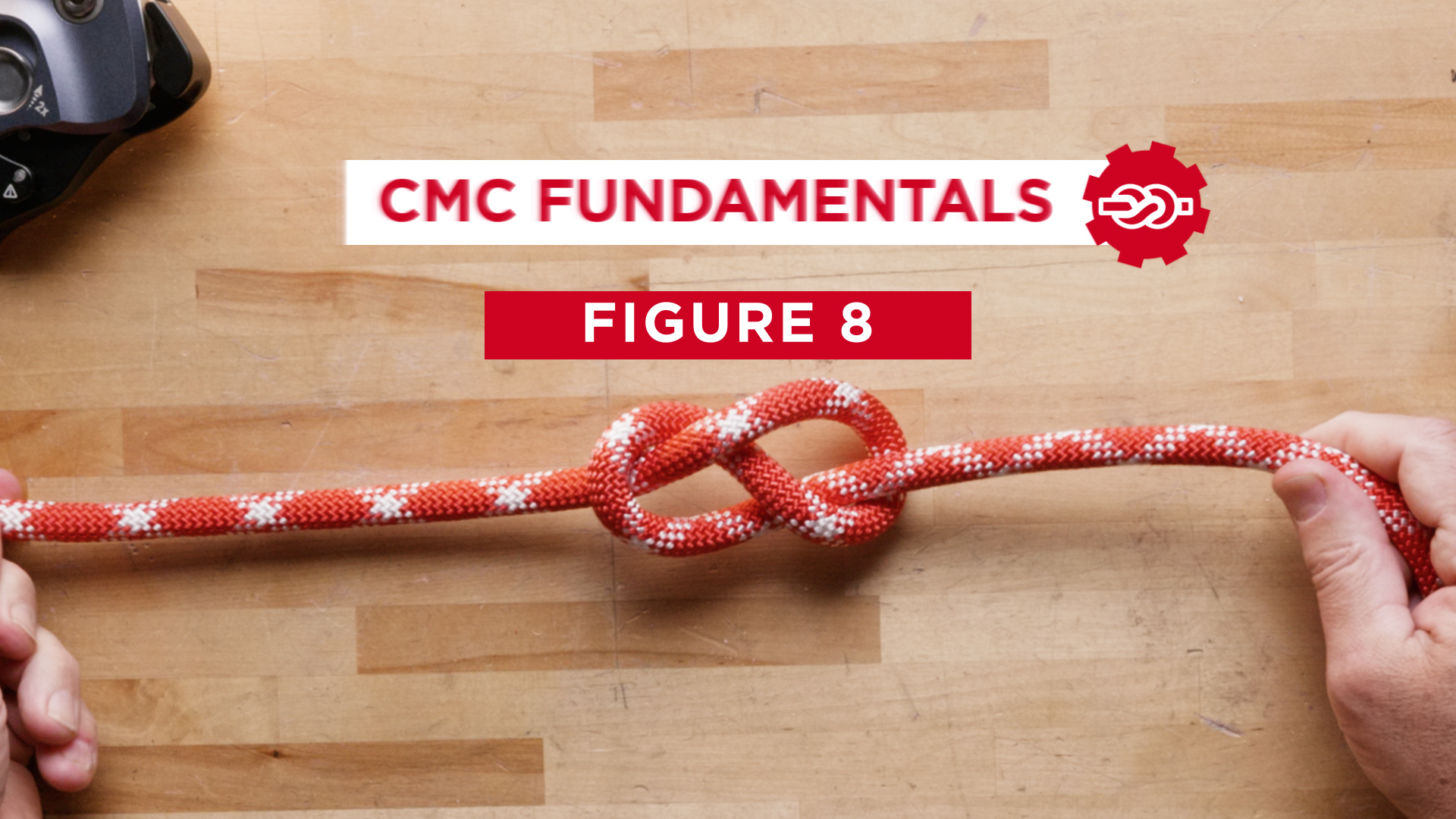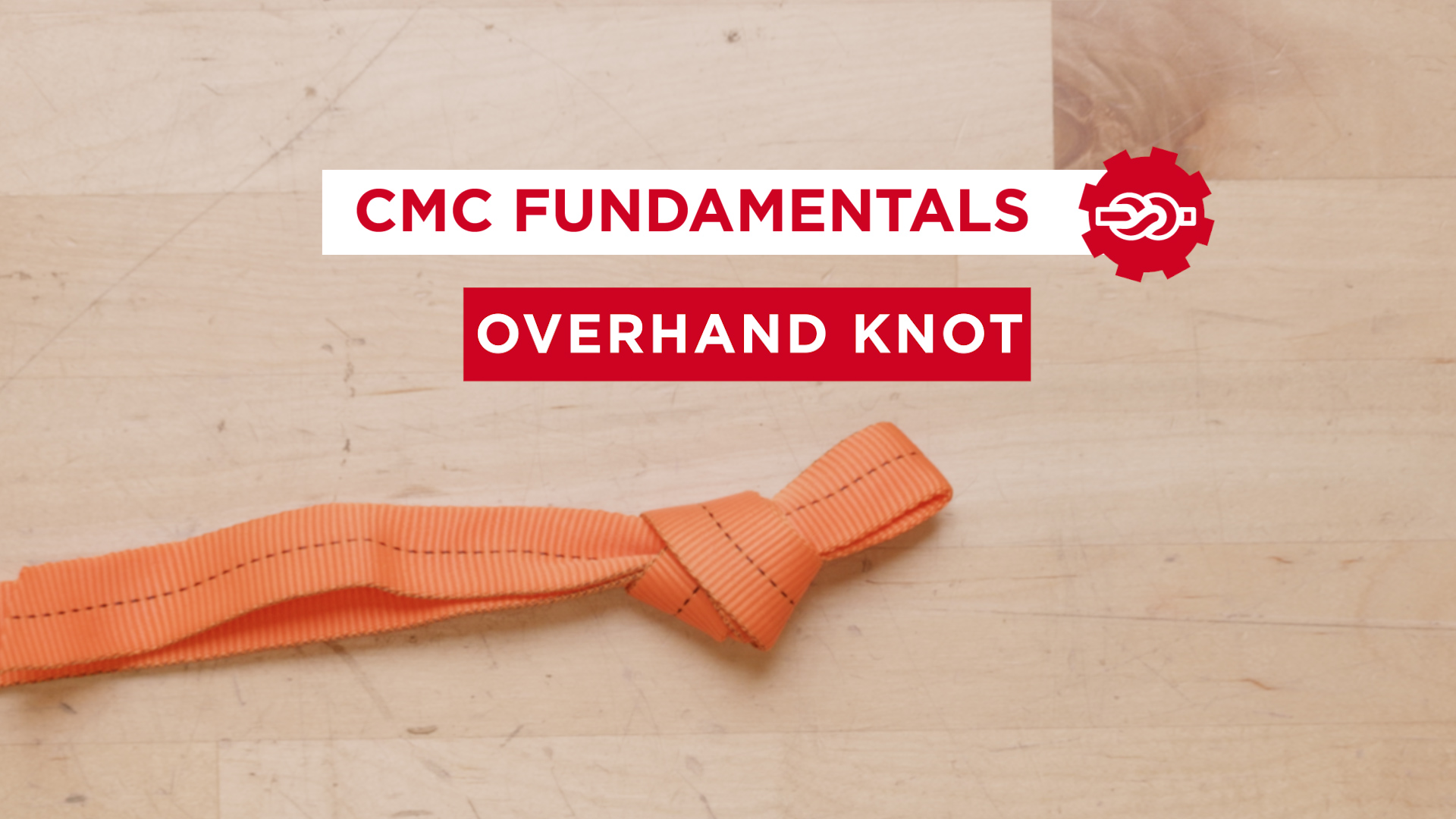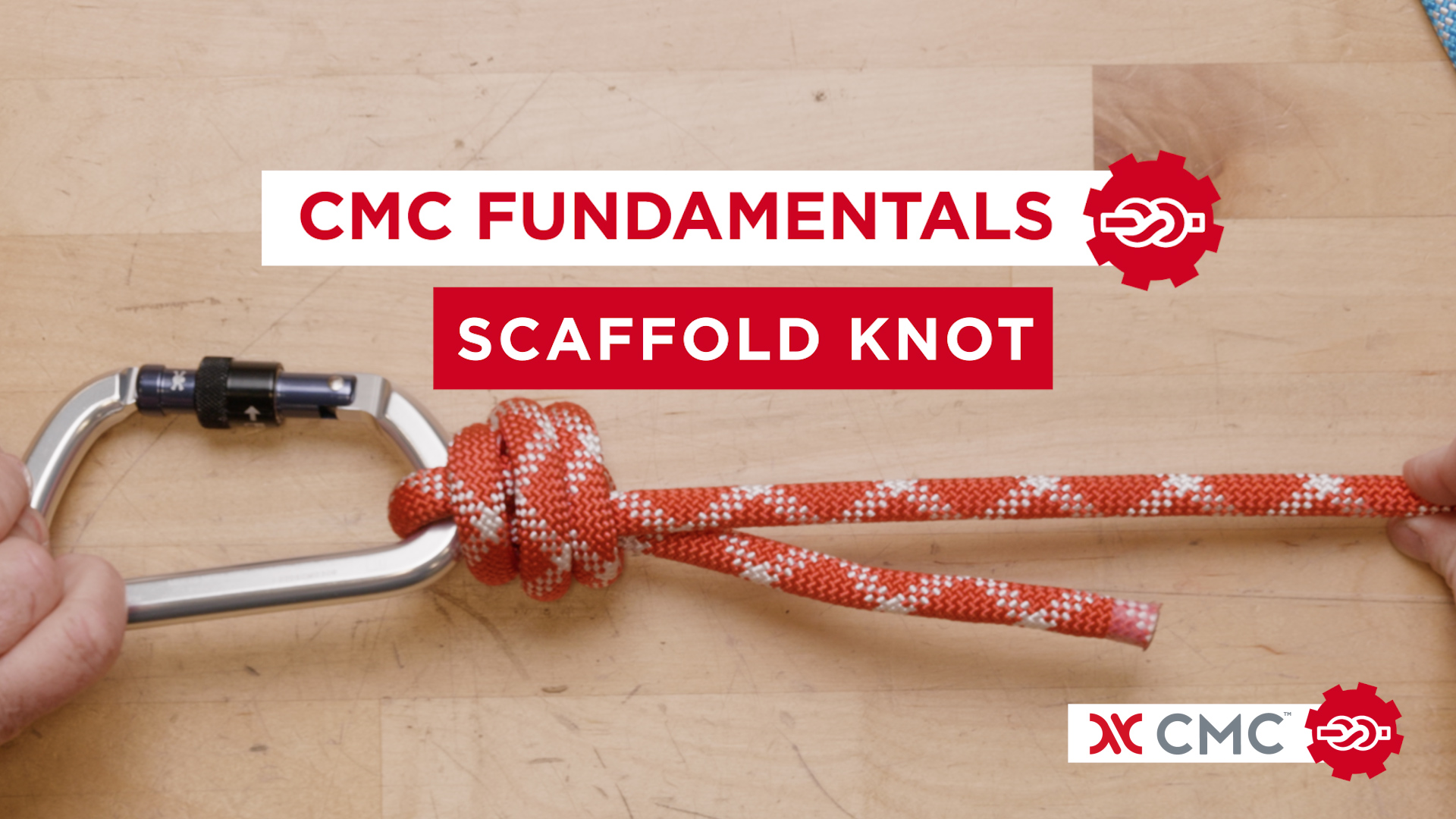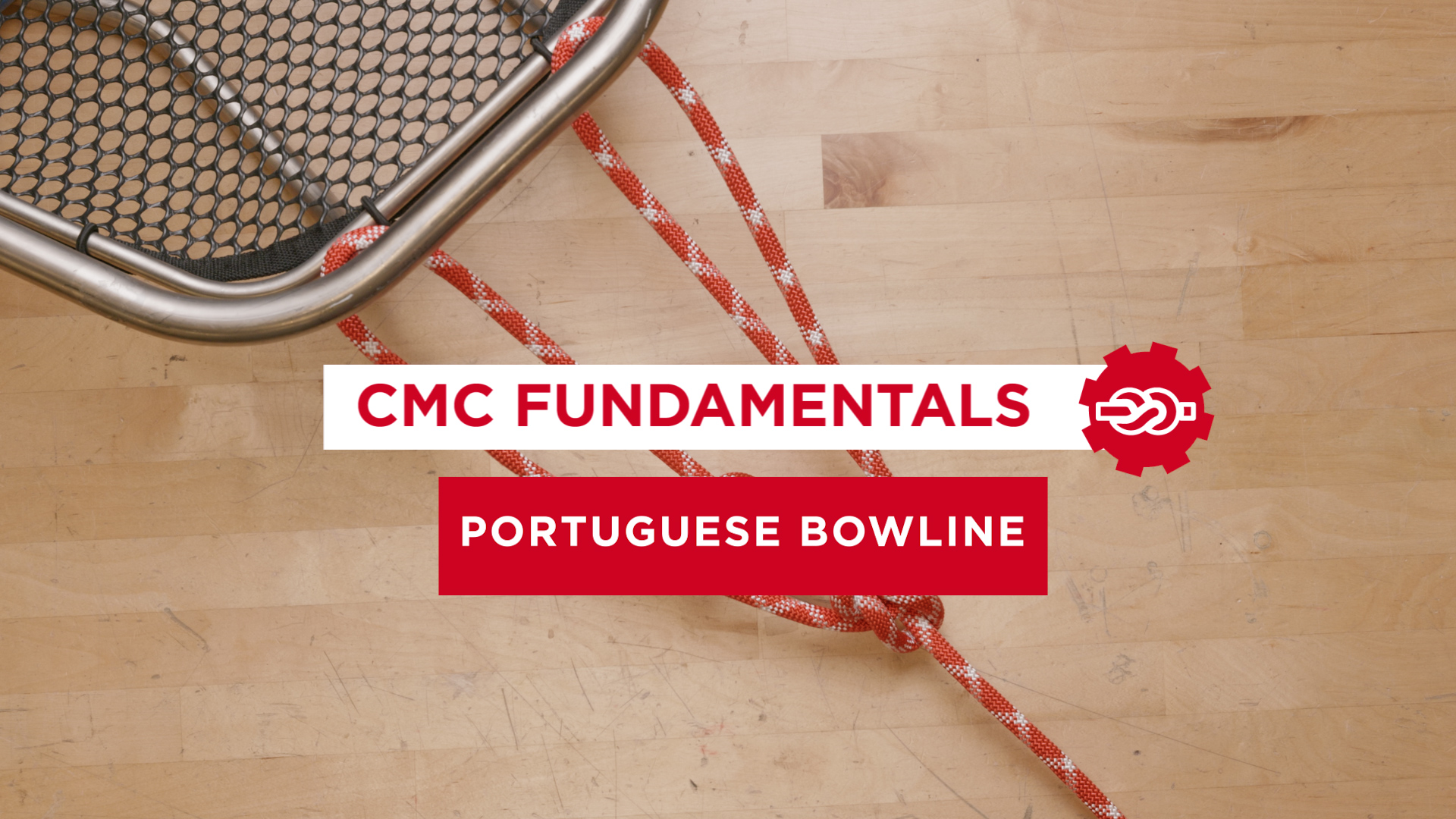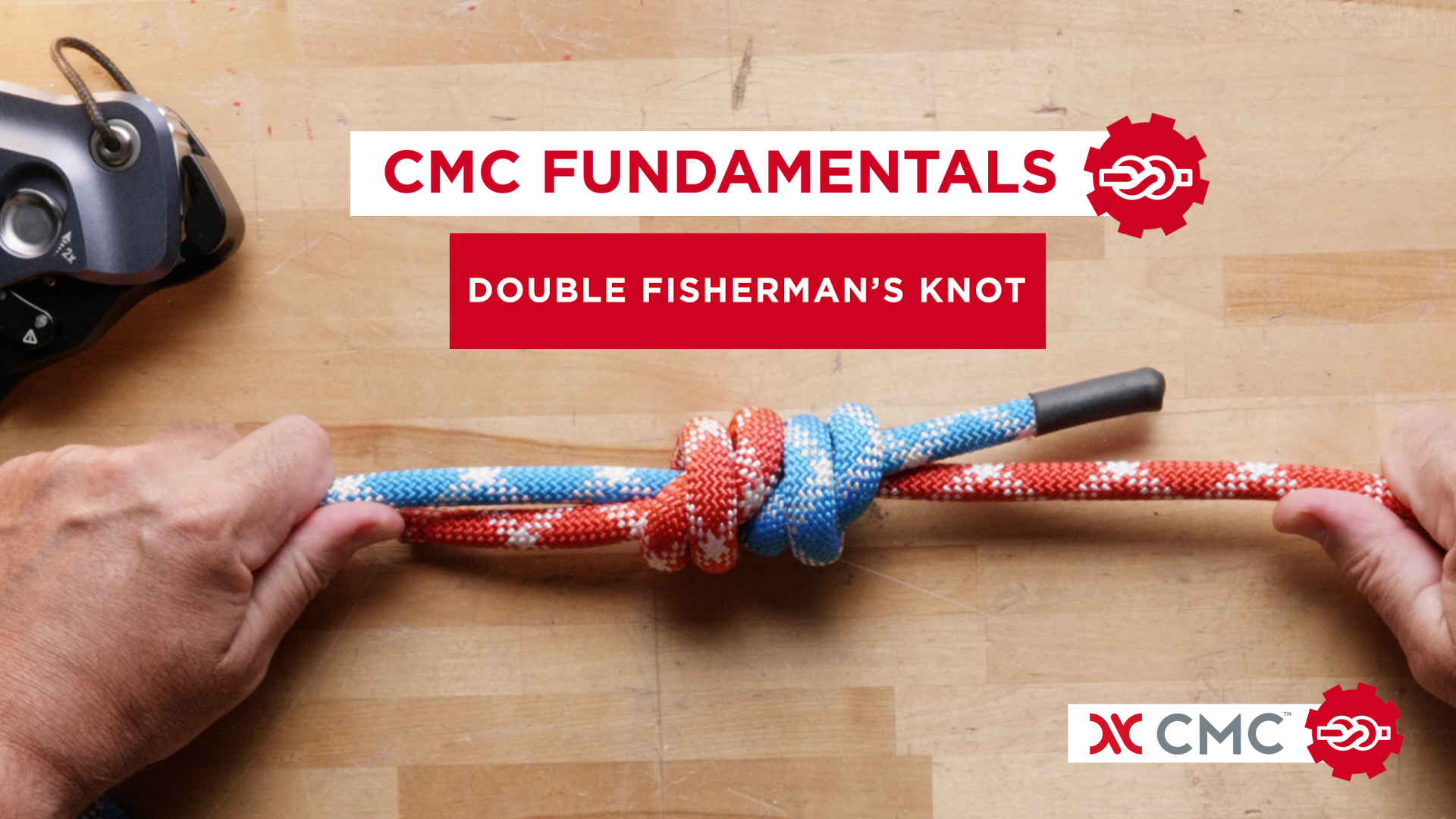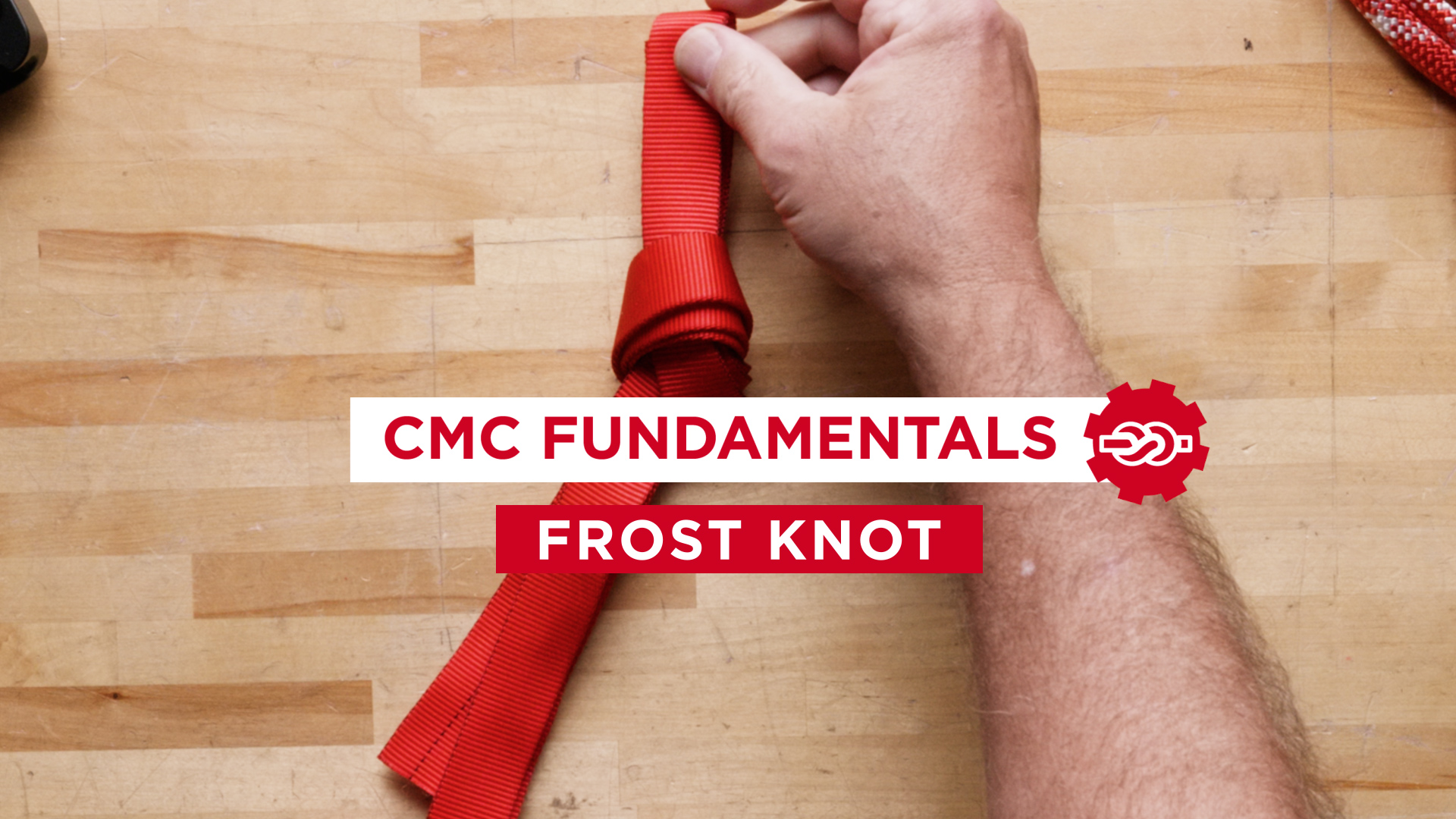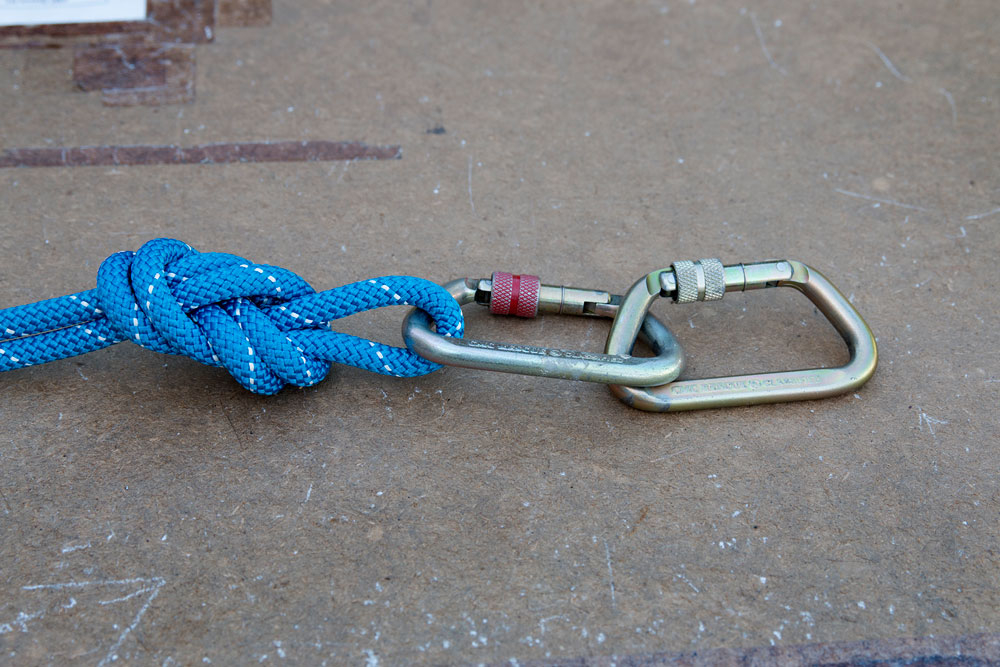
Linking a Carabiner to Another Carabiner: Is it Safe?
“Don’t connect a carabiner to a carabiner!” or so we’ve been told. Is it really such a bad thing?
It’s probably best to look back to where that statement originated—in climbing and caving. Many years ago the artificial anchors used in those activities were usually bolts or pitons. The concern was that chained carabiners could possibly compromise the integrity of the anchor by levering it loose when it was loaded. Additionally, the carabiners being used at that time were usually non-locking aluminum ovals. There was the possibility of damage to them if they were torqued when loaded because of the fixed attachment at the end of the chain. Those concerns had some validity, but conditions are usually different in our rescue situations.
We don’t see any issue with connecting a carabiner to a carabiner as long as two conditions are met. The carabiners should be “floating,” meaning they are not able to come into contact with a hard surface and are free to rotate if necessary. That will prevent damage due to torque loading. The anchor should be constructed of rope or web, which will flex. Even if your anchor was a bolt hanger, adding a “soft link” of webbing between the anchor and carabiner would allow the carabiner to flex and rotate when loaded. Most artificial protection now being used has some sort of cord, web or cable connecting link that may take care of that for you. For rescue applications we’re typically constructing anchors with tied or pre-sewn webbing or rope so this usually isn’t a problem.
There are times when we would like to attach a carabiner to a carabiner. It might allow us to change the orientation of a pulley 90 degrees and reduce friction of the rope dragging along a side plate. Or, adding a carabiner is a quick way to change the orientation of the litter on a guiding line if necessary.
“No metal on metal” was the concept of not attaching a carabiner to a carabiner carried to an extreme. We have known of agencies who have made this statement but it’s obviously impossible to implement.
They got rid of their anchor plates but how do you connect a descent device to a harness with a metal “D” ring attachment?
What about the metal “D” rings on the end of an anchor strap, how do you connect a pulley, anchor plate, or MPD to them?
It is impossible not to have metal on metal in rescue rigging; it is a matter of knowing why the rule came about and how to make those connections safely.
John McKently
CMC Rescue School

